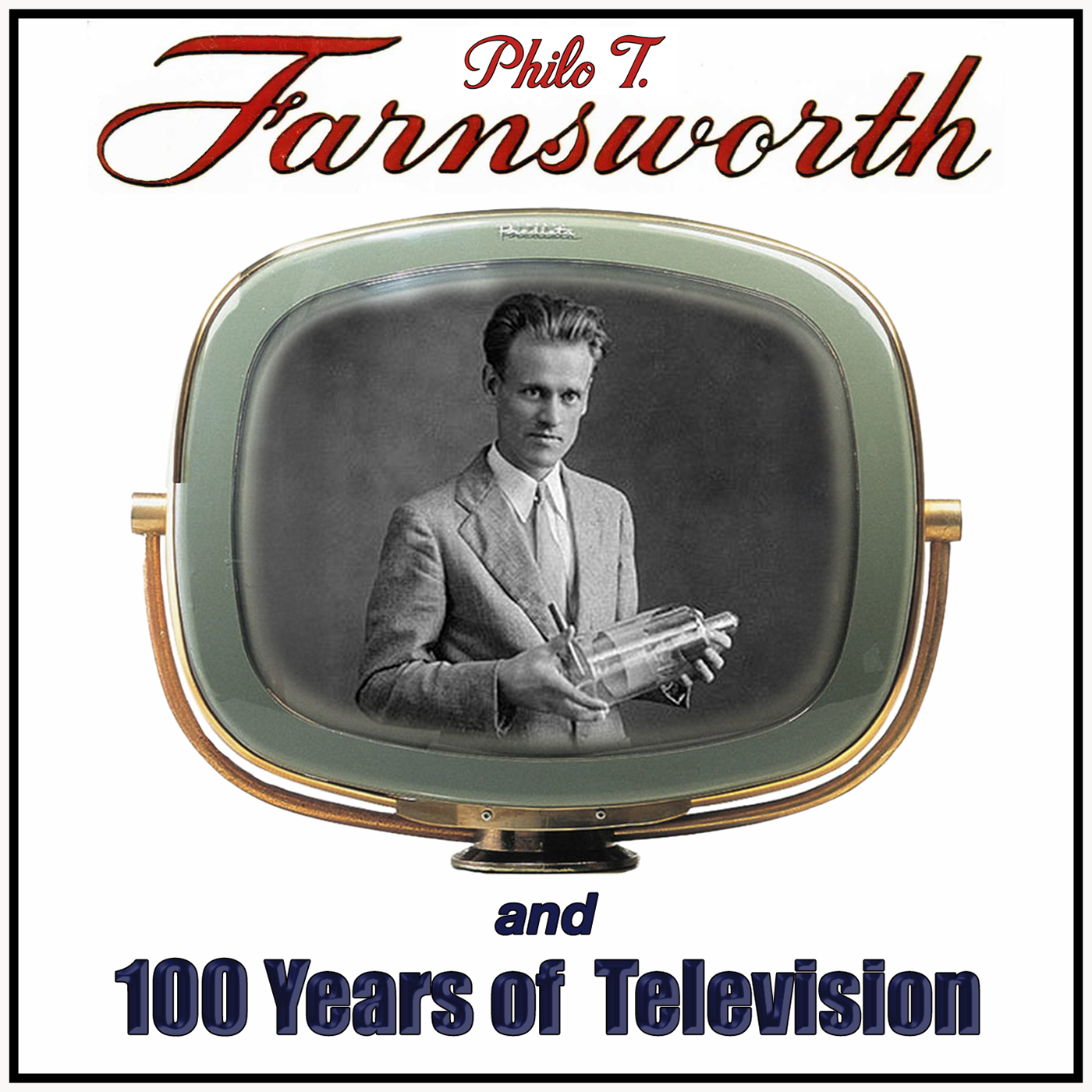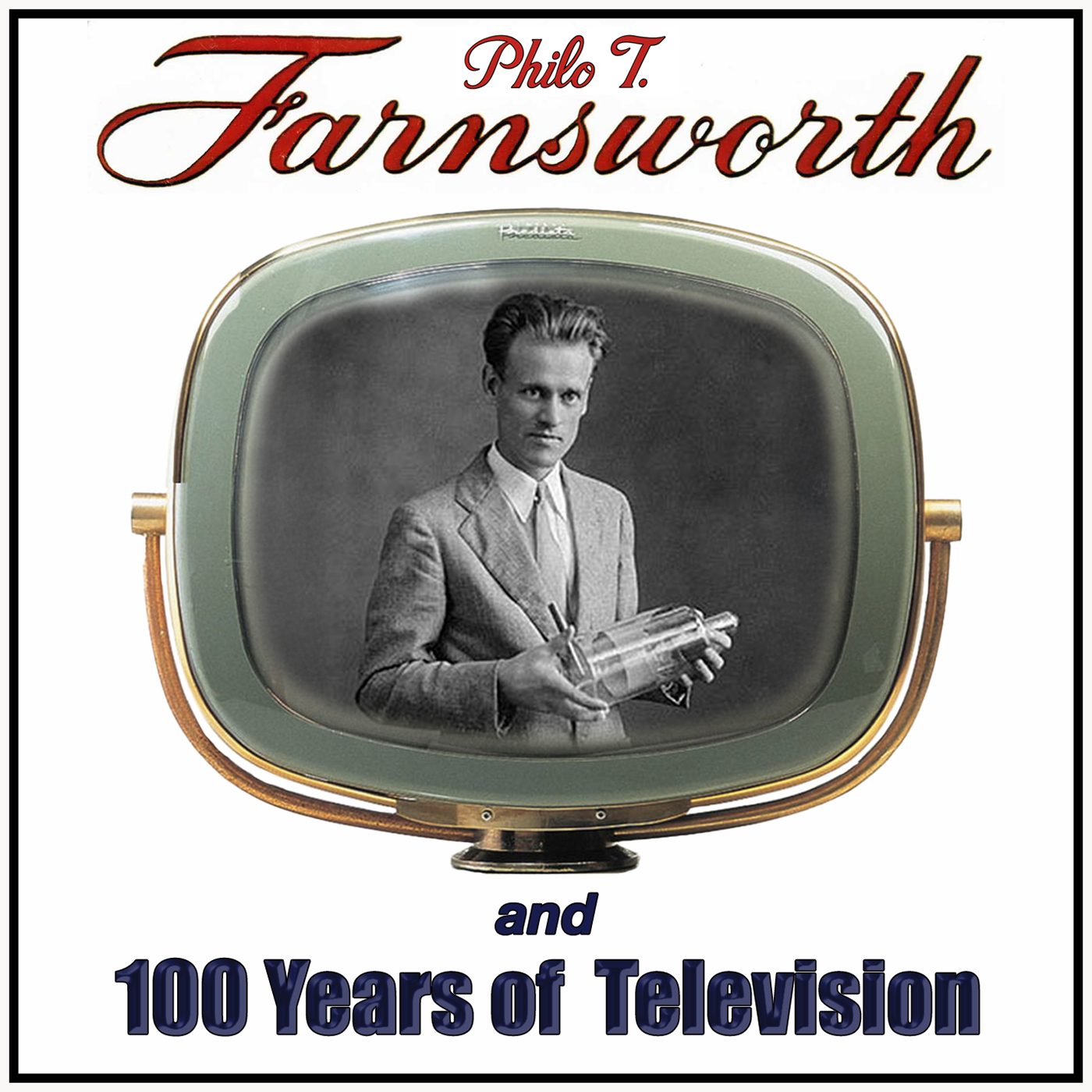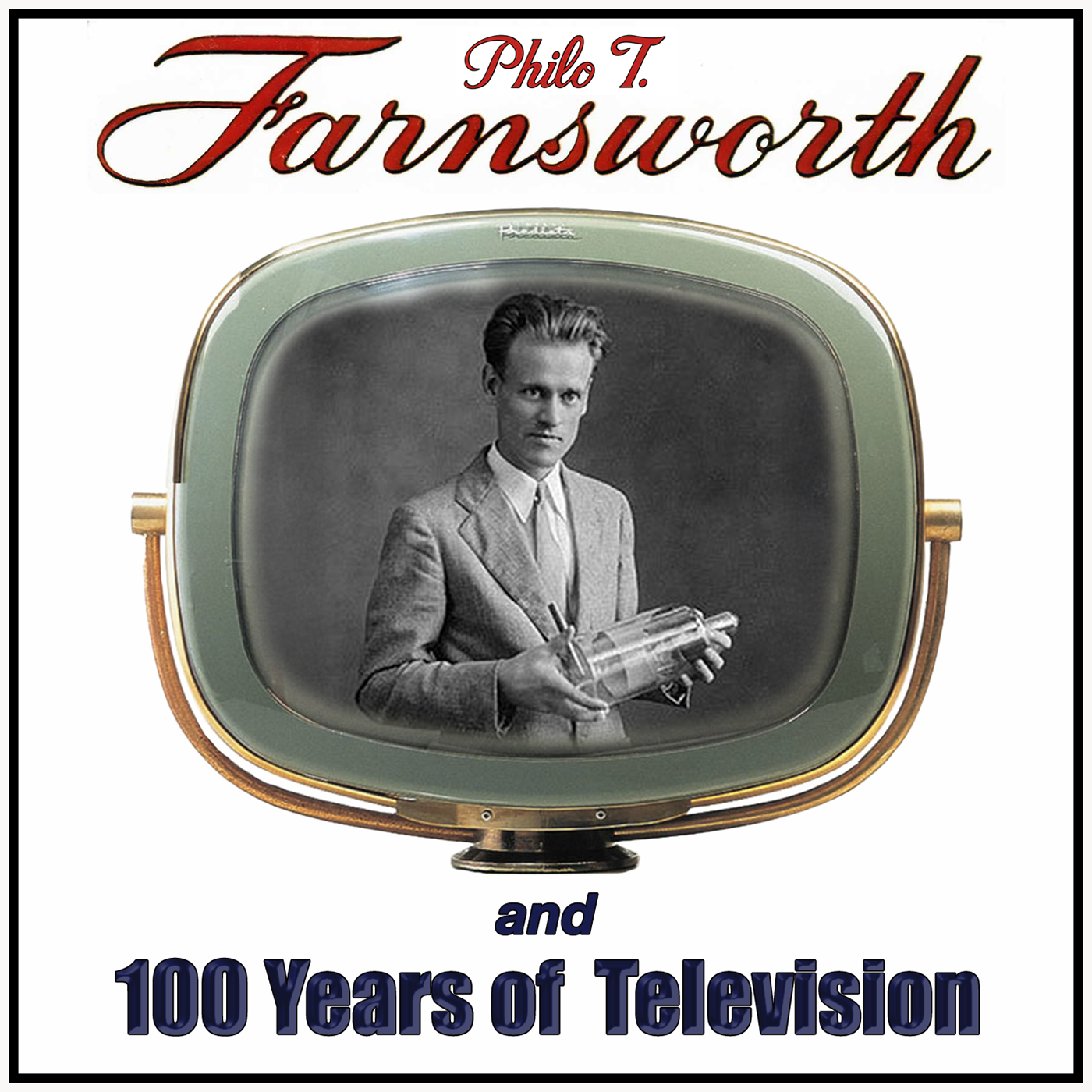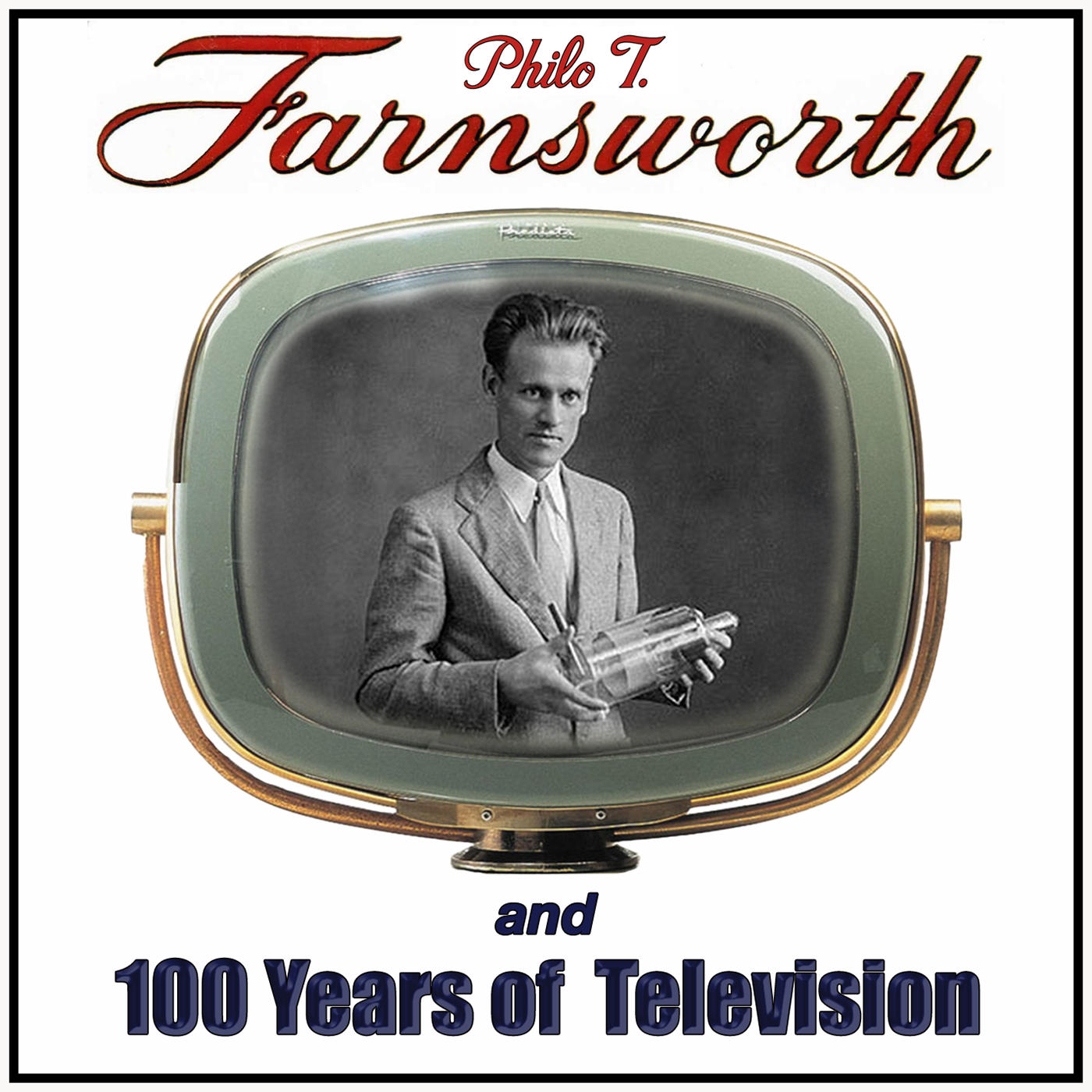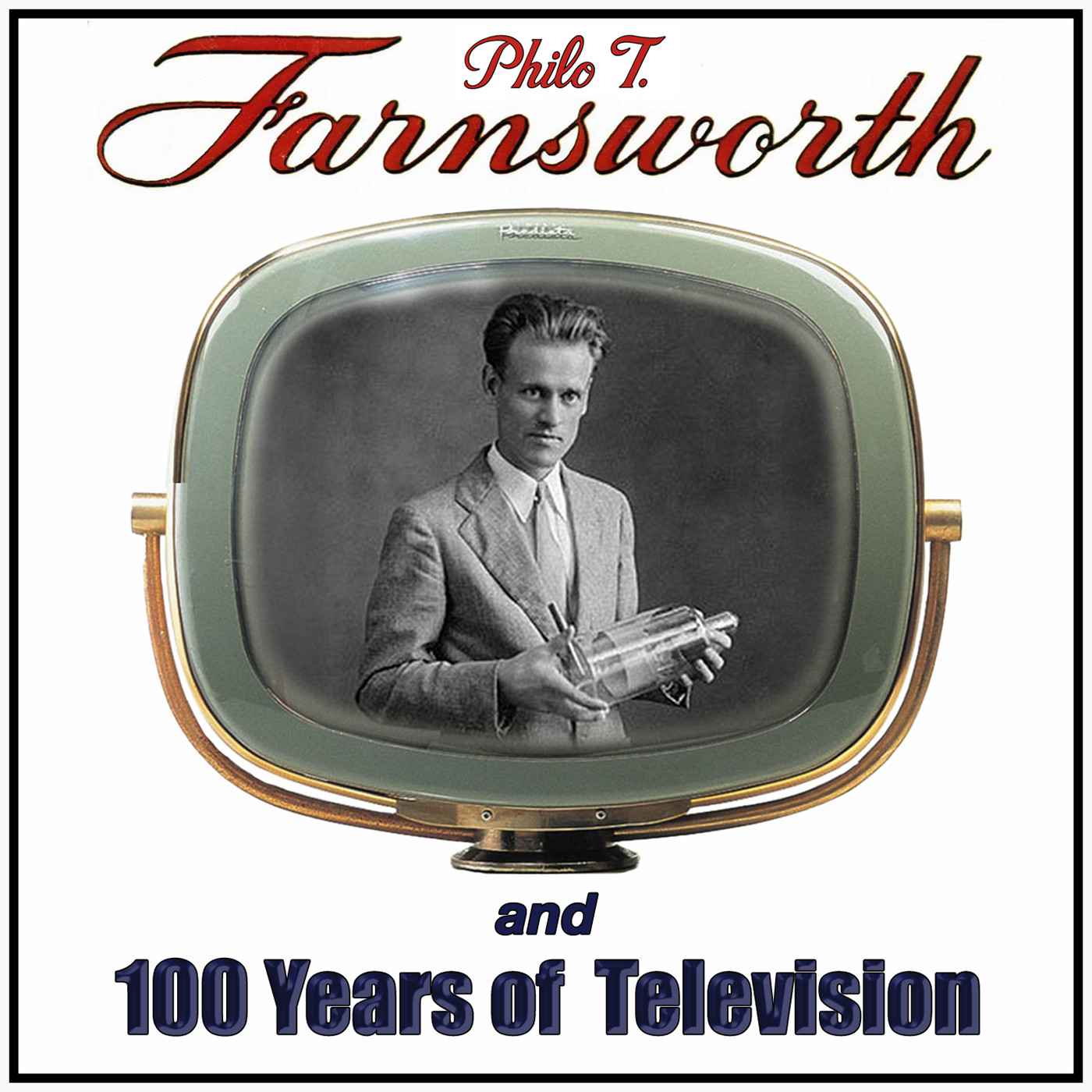Episode Transcript
[00:00:00] Speaker A: They all laughed at Christopher Columbus when he said the world was round.
They all laughed when Edison recorded sound.
They all laughed at Wilbur and his brother when they said that man could fly.
They told Marconi wireless was a phony. It's the same old cry.
[00:00:20] Speaker B: Welcome to 100 Years of Television. This is episode number two before 1927 electric messages 1844-1874 starting in October 2025 and for 100 weeks until September 2027, this podcast is going to recall the top 100 moments in the first 100 Years of Television and video.
I'm Paul Schatzkin, author of the Boy who Invented Television, the definitive biography of Philo T. Farnsworth, who invented the first all electronic television system in San Francisco in 1927.
Our countdown to the centennial will begin the week of October 5, 2025.
In the meantime, we are sifting through the historical record prior to 1927 and lining up the many pieces of the puzzle that Farnsworth finally solved.
In the last episode, we talked about discoveries and inventions in the 19th century that created the illusion of motion.
This week, we're taking a look at some of the advances in electrical science that occurred during the same period.
Given the indispensable role that electricity plays in modern life, it's worth remembering humans of some kind have roamed the earth for hundreds of millennia, but have only mastered electromagnetism over the past 200 years.
We won't linger on Franklin flying kites or Volta stacking batteries or Faraday spinning coils.
Instead, we'll pick up the story with the first use of electricity for communication, the telegraph.
First words on Wires Samuel Morse was born in Massachusetts in 1791, but he didn't set out to be an inventor or to change the world.
He studied art at Yale and enjoyed a successful career painting portraits of such luminaries as the Marquis de Lafayette.
He spent several years in Europe studying the Old masters, and on a voyage home in 1832, he heard about electrical impulses traveling along a wire and and sketched out an idea.
Back in the States, Morse teamed up with Alfred Vail, who improved the mechanics and devised the code, and Joseph Henry, who had already shown how electromagnets could work in relays.
Together, they turned Morse's initial concept into a working system of telegraphy.
Morse's historic breakthrough came on March 24, 1844.
On a telegraph key in Washington, D.C. in a form of code that bears his name to this day, he tapped out the words what hath God wrought?
The message traveled instantly To a terminal in Baltimore, proving for the first time that intelligence could be transmitted over wires.
What God had wrought, the ensuing century would reveal, was global communication at the speed of light.
Next, voices on wires.
It took another three decades before human voices joined Morse's dots and dashes.
Alexander Graham Bell was a Scottish born educator whose work with deaf students instilled an obsession in the mechanics of sound.
He spent years studying how vibrations of the larynx and inner earth could be translated into physical sensations that his hearing impaired students could detect by touch or sight.
That belief drew him to telegraphy and to the radical idea that speech itself could be carried over wires.
At the time, engineers were wrestling with harmonic telegraphy, the idea of sending multiple coded signals on one telegraph line.
With his knowledge of acoustics, Bell reasoned that if each signal could carry its own pitch or its own frequency, then several could travel together on a wire, just as multiple voices are heard when blended in harmony.
From there, it was a short leap to the challenge of transmitting the entire range of the human voice.
Working with his assistant, Thomas Watson, Bell built crude transmitters. Membranes stretched across magnets and coils.
The first experiments produced only static and garble. But on March 10, 1876, Bell spilled battery acid on his clothes and shouted, Mr. Watson, come here. I want you.
Watson, in the next room, heard the words clearly, not through the wall, but through the wires. And for the first time in history, the human voice had traveled electrically from one place to another.
And finally, pictures on wires with both words and sounds. Finding a conduit through wires, One big question remained. Could pictures be sent by electricity? Could light itself be transformed into electrical signals?
The first glimmer of an answer to that question came during the 1840s, when Alexander Bain, a Scottish clockmaker, proposed slicing images line by line in order to transmit them electrically.
The materials available at the time were too primitive to build anything that would actually work. But Bayne enjoys credit in some circles for being the first to establish the principle of scanning.
Several decades passed before the English electrical engineer Willoughby Smith added the next piece of the puzzle.
In 1873, while testing materials for underwater telegraph cables, Smith discovered that the resistance of the element selenium changes in the presence of light.
In the dark, selenium works as an insulator, but under illumination, it acts as an electrical conductor.
Smith did not immediately grasp the broader implications, but this was the first clear observation that light could directly alter the flow of electricity in a solid substance.
Three years later, in Berlin, Werner von Siemens presented a paper that not only validated Willoughby Smith's discovery, but went one step further, proposing for the first time a practical way that images could be transmitted electrically.
Siemens went from theory to practice when he built the first working photocells that demonstrated the conversion of light into electricity.
Though he never attempted to transmit an actual image of any sort, Siemens fancied how one day such photocells might act as artificial eyes, and in 1881 London physicist Shelford Bidwell proved it could be done.
Blending the ideas first proposed by Alexander Bain and later demonstrated by Wernher von Sieme, Bidwell used selenium photocells to scan an image through a moving slit and crudely reproduced it electrically on the other end.
Of course, Bidwell had no way of knowing it in 1881, but he had set the cornerstone of television research that would culminate when Philo Farnsworth fired up his image dissector in 1927.
This brings us to the end of part two of our prehistory of Television, recounting the myriad observations, experiments and inventions that set the stage for Philo Farnsworth's historic breakthrough on September 7, 1927.
Stay tuned for the next episode where we inch closer to real video with mechanical scanning, vacuum tubes and cathode rays.
Thanks for listening to 100 Years of TV, a two year countdown to the centennial of television on September 7, 2027.
For more, aim your gizmo to tvcentennial.com this podcast was written, recorded, edited, engineered and uploaded by me, Paul Schatzkin and is a production of Farnovision.com if television was invented by somebody named Farnsworth, why don't we call it Farnovision?
[00:09:12] Speaker A: They all said we never would be happy. They laughed at us and ha.
But ho ho ho. Who got the laughs out now.
